Why Sunderland's The Peacock was right to banish the name Londonderry - a look at one of the area's most rotten families
and live on Freeview channel 276
It opened in 1770, but changed names to the Londonderry in 1834 when regulars said: “It’ll always be the Peacock to me”. It reverted to the Peacock in 2017. Its previous moniker will be forgotten.
This feature doesn’t try to change history, but to share it. The name Londonderry looms large in industry, politics and military history. Statues stand and mines and pubs were named in their “honour”.
Advertisement
Hide AdAdvertisement
Hide AdIts holders have been accused of many things. Blandness is not among them.
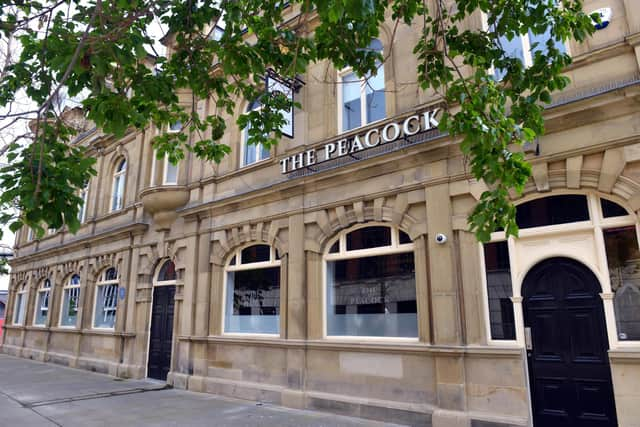

Mediocrity on the rise
Robert Stewart 1st Marquess of Londonderry, born in Ulster in 1739, married well, inherited better and was an MP in the Irish parliament.
Second of his 13 known children was Robert Stewart, 2nd Marquess; essentially put in charge of Ireland and remembered for ordering the execution of clergyman William Porter, who had previously campaigned for him.
After Porter expressed the wrong opinions, Londonderry had him hanged for “treason”, despite pleas from his Londonderry’s wife and sister.
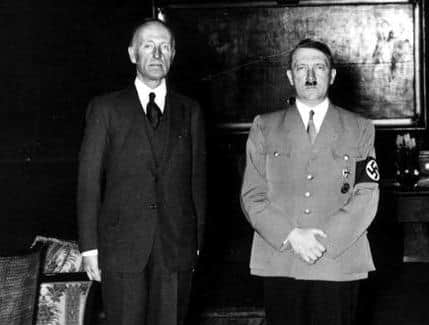

Advertisement
Hide AdAdvertisement
Hide AdIn 1809 he duelled with future Prime Minister George Canning and was understandably confident. Canning had never fired a pistol in his life. Robert liked those odds, yet still only managed to hit Canning’s leg.
He was universally disliked, Kings George III and IV and poets Shelley and Byron among the loathers; partly because he enjoyed the 1819 Peterloo Massacre so much. He somehow became Foreign Secretary, a position he held when committing suicide, childless, in 1822.
Creditably, he visited revolutionary France; a brave move for an aristocrat. He also became strongly anti-slavery.
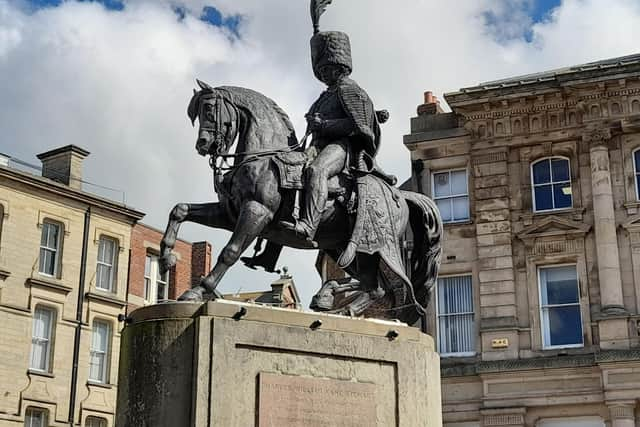

Tantrum because he couldn’t put eight year-olds down the mine
Robert’s half-brother Charles, 3rd Marquess, served with distinction in Wellington’s army during the Napoleonic Wars. Historians are less generous thereafter. Correctly.
Advertisement
Hide AdAdvertisement
Hide AdA spoiled brat of a man, he changed his name to Charles Vane, sucking up to his rich father-in-law, Sir Henry Vane-Tempest. Using the old man’s cash, he bought Seaham Hall estate.
Thereby a mine owner, he decided he needed even more cash and attempted to bully the River Wear Commissioners into giving him exclusive rights to export coal from the port. Refusal preceded the inevitable tantrum and his impotent threat to ruin Sunderland.
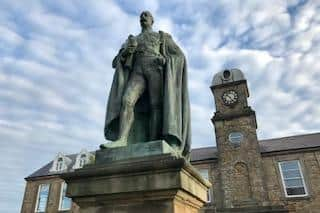

He went berserk at the 1842 Mines Act. Having to pay people fairly was outrageous enough, but the act also stipulated that the under-10s should not be working down the pits. The thin end of the wedge. He had generously agreed to a lower age limit of eight.
He fumed at the namby-pambys: “The underground roads could not be made of sufficient height for taller persons, without incurring an outlay so great as to render the working of such mines unprofitable."
Advertisement
Hide AdAdvertisement
Hide AdOne of the richest men in Europe, big-hearted Charlie donated £30 to the Irish Potato Famine relief effort, while spending just £150,000 (about £23 million in 2023) on renovating his Irish home.
He died in 1854 and his ludicrously large (Freudian?) statue stands today Durham’s market square.
The philanderer and the one with the longest name
His son Frederick, 4th Marquess of Londonderry, has the distinction of being the only person in this story named Frederick. His rather more progressive views saw him fall out with his father.
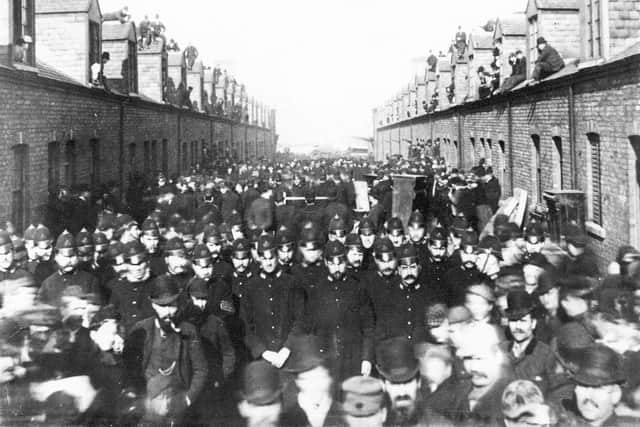

In 1838 he was injured in a duel with the husband of an Italian opera singer he was conducting an affair with. Freddie and the singer, Giulia Grisi, had an illegitimate son. Hubby failed to dismiss the matter with a light laugh. No sense of humour.
Advertisement
Hide AdAdvertisement
Hide AdFreddie was another MP. But he died in a mental institution in 1872. Without a legitimate heir, he was succeeded by his half-brother.
George Henry Robert Charles William Vane-Tempest, 5th Marquess is best remembered among the Londonderrys for having the longest name. Most men in those days were called either George, Henry, Robert, Charles or William. GHRCWVT played it safe by having the set.
This MP for Durham was relatively unremarkable. He died in 1884, succeeded by his ghastly eldest son Charles, the 6th Marquess, who genetically inherited much from his granddad.
Silksworth Evictions
Old Etonian Charlie was yet another MP with a string of cushy “jobs” besides. In those days people could attain such sinecures merely by being well connected. Imagine. It averted cumbersome requirements; like talent.
Advertisement
Hide AdAdvertisement
Hide AdHe’s most noted in Sunderland for the notorious Silksworth Evictions of February 1891. Ungrateful miners were whining, mainly about the number of fatalities at Silksworth Colliery.
Charlie found such flimsy bellyaching wearisome and ignored them. Miners consequently joined a union and went on strike.
Four months into the strike Londonderry enlisted bailiffs to eject striking miners and their families from their homes, which he owned and rented out. By March work had resumed and the families were allowed home.
Sunderland MP and Echo founder Samuel Storey raised the matter in parliament. Home Secretary Henry Matthews dismissed the matter out of hand.
Advertisement
Hide AdAdvertisement
Hide AdChuckling Charlie died in 1915. Son and heir Charles, 7th Marquess was a controversial figure; although the reader is now perhaps past the point of surprise at this revelation.
Hitler’s friend and admirer
Although not the brightest, his parents insisted, as parents so often do, that he become MP for Maidstone. He had graduated from Sandhurst in 1897 and it should be noted that he witnessed World War One’s horrors first hand, at Ypres and the Somme.
He held political offices in Conservative, Labour and Liberal governments, but is regrettably best remembered for his antisemitism and personal chumminess with Hitler.
The character of Lord Darlington, the crass appeasement fanatic in the novel Remains of the Day, is based on Londonderry. He was also second cousin to Winston Churchill, who referred to him as “that half-wit Charlie Londonderry”.
Things have been relatively quiet in the Londonderry family since Charlie’s death in 1949. Today’s 10th Marquess is evidently a sound fellow. Laudable; genetics being what they are.
